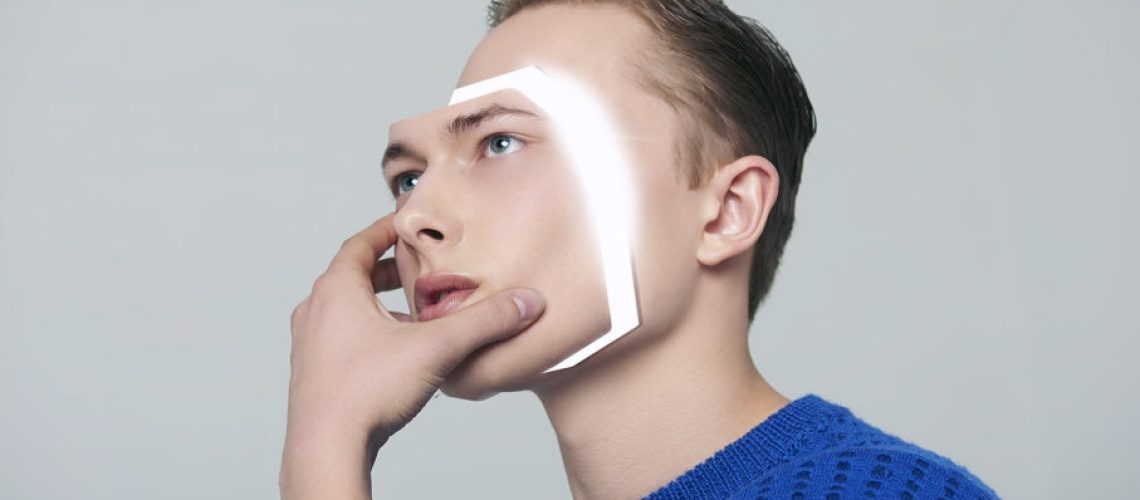The joining of ‘deep learning’ and ‘fake news’ makes it possible to create audio and video of real people, saying words that they never spoke or things they never did and it is a form of Artificial Intelligence.
Can we ever really trust anything that we seen on TV or films ever again?
Deep Fakes powered by AI and ML have enabled the public to produce almost perfect fake videos of public figures in compromising situations. But is this necessarily a bad thing?
It can be used for illegal purposes that are not permitted by the society, but that is what they said about photoshop when it came out. And now a days everyone uses photoshop or other apps to manipulate images. There are very many possibilities that are available with deep fake technology.
In practical sense, for example, suppose one of the actors in a movie has suddenly died, normally they would have to find a same look or recreate that person in 3D. But with deep fake, they can still keep the real face of the actor and use it again on someone else’s body.
What is Deep Fake?
Deep Fake is a media that takes a person in an existing image, audio or video and is replaced with someone else’s likeness. The image uses a form of artificial intelligence called deep learning to make images of fake events, hence the name ‘deep fake’.
It uses facial mapping technology and AI that swaps the face of a person on a video into the face of another person.
What makes it worrisome is that anybody with a computer and an internet connection can create deep fake media. It is done by using a machine learning system called GAN (Generative Adversarial Networks)
How it works?
As the coverage of deep fake technology becomes more popular, it is reasonable to wonder how even these videos work.
Deep fakes rely on a type of neural network called an autoencoder. The autoencoder is a computer’s way of seeing a face and deciding all the ways it can ‘animate’. It processes how that face would blink, smile, grin and so on.
The GAN is a system that is capable of comparing the images from the autoencoder to real images of the targeted person. It rejects inaccurate images causing more attempts to be generated and the cycle continues infinitely, until a perfect recreation of the person.
Benefits of Deep Fake
Though it is harmful to the society, there are huge benefits of the deep fake technology. It is used in various industries including movies, educational media and digital communications, games and entertainment, social media and health care and various business fields such as fashion and e- commerce.
The technology behind deep fakes originally focused heavily on voice, but now can actually fake a subject’s face too.
Deep fakes in film industry, games and entertainment
The film industry can benefit the deep fake technology in various ways. It can help in making digital voices for actors who lost theirs due to disease. This technology allows voice dubbing for movies in any language, thus allowing different audiences to enjoy films and educational media better.
E-commerce and advertising
In practice, brands can contract super models who are not super models in real and show fashion outfits on a variety of models with different skins, heights etc. It allows for super personal content that turns consumers into models, and allows technology to match the look of a dress before buying and to generate targeted fashion ads.
Deep fakes in healthcare
Trying to train AI for researches to spot medical conditions, privacy issues, financial concerns and rare diseases with few examples that hampers their efforts. But GANs are capable of creating realistic enough medical images for AI to learn.
Though it is harmful to the society, there are huge benefits of the deep fake technology. It is used in various industries including movies, educational media and digital communications, games and entertainment, social media and health care and various business fields such as fashion and e- commerce.
The technology behind deep fakes originally focused heavily on voice, but now can actually fake a subject’s face too.
Deep fakes in film industry, games and entertainment
The film industry can benefit the deep fake technology in various ways. It can help in making digital voices for actors who lost theirs due to disease. This technology allows voice dubbing for movies in any language, thus allowing different audiences to enjoy films and educational media better.
E-commerce and advertising
In practice, brands can contract super models who are not super models in real and show fashion outfits on a variety of models with different skins, heights etc. It allows for super personal content that turns consumers into models, and allows technology to match the look of a dress before buying and to generate targeted fashion ads.
Deep fakes in healthcare
Trying to train AI for researches to spot medical conditions, privacy issues, financial concerns and rare diseases with few examples that hampers their efforts. But GANs are capable of creating realistic enough medical images for AI to learn.
Risks of Deep Fake
Rather than taking the advantages of this technology, it has disadvantages that affecting different group of people in the society. Experts predicts that this technology could be used to cause confusion and propagate disinformation, especially in the context of global politics and may become extremely hard to detect.
It threatens national security by circulating propaganda and interfering in elections.
Deep fakes can be used effectively to discredit political candidates and send invalid massages to voters. Once a fake is out, it could impact election outcomes.Also, the government could fight against deep fakes in order to protect national security. Employee awareness to prevent data leakage attacks is a good step against it. It is important to train the employees to be smart and recognize the difference between deep fake and real.
Hamper citizen trust toward information by authorities.
Now a day’s people are increasingly affected by AI generated spam, and by fake news, fake videos. Even so, the most damaging aspect of in-depth information is not misinformation, but the constant contact with wrong information makes people feel that most information including video is unreliable.
The journalism industry has to face a massive consumer trust issues due to deep fakes.
It is hard to spot and people are inclined to believe the fake is real. The technology allows the production of the legitimate news videos that endanger the reputation of journalists and media.
Apart from creating fake news and publicity, deep fake is majorly used for revenge porn to defame notable celebrities.
Raise cyber security issues for people and organizations.
The deep fakes are hyper-realistic videos digitally manipulated to depict people saying and doing that never happened. They are created using AI models, that is Generative Adversarial Networks (GANs) that is used to produce convincing fake. The fakes of real people are often highly viral and tend to spread quickly through social media platforms, thus making it mis informative.
Deep Data Insight are Artificial Intelligence experts. We make it our jobs to produce world-class AI solutions. You can find out more about where we do here https://www.deepdatainsight.com/ or on our LinkedIn Page here https://www.linkedin.com/company/deep-data-insight/


